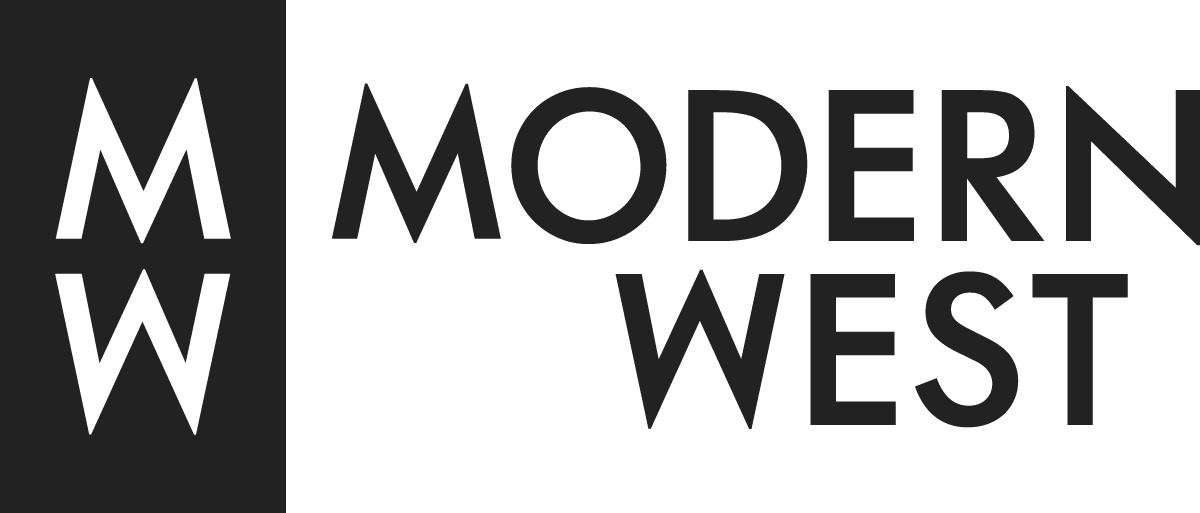
You are originally from Korea but now live in Utah. How did this change impact your practice? How does this present itself in your work?
Utah and Korea have several interesting things in common. This includes social pressures from dominant conservative values encouraging specific ways of living. Another are outsiders. I met many caring, lonely outsiders who experienced discrimination from those beliefs. They feel there are a lot of things to challenge and improve, but underneath all, look for communities they belong to. Those two things are familiar to me – additional to nature being accessible and gorgeous to all.

Why did you choose to use polka dots in your recent iteration from the 'Waterman' series? Can you tell us about this piece and the inspiration behind it?
My dots represent hope and possibility. They are inspired by the pearl and egg. Pearls are caused by an irritant and evolve into something precious. The egg also evolves into a life form. I saw the connection between those two round shapes as a destination. I initially started with rainbow hues to color those dots. I like the spectrum of colors which signify different ideas, such as red symbolizing passion and alertness. Recently I expanded to more colors from the New Progress Pride Flag to speak on diversity.

Can you tell us about your paintings of aspen trees and how you came about your color palette, materials, and use of eyes? Was this inspired by your move to Utah?
Beautiful, eerie aspen trees fascinated me as I saw them here in Utah. Aspen trees have shaking leaves like a tambourine and their trunks have scar-like eye shapes called aspen eyes. Those leaves and eyes reminded me of the initial impressions I had from people I met in Utah – welcoming, but looking at me somewhat suspiciously. The fascination with these forms made me learn how many aspen trees are connected as one large organism, and aspen eyes are caused by the self-cutting of older branches in order to foster the newer on top. Aspen trees ultimately became a metaphor for people in Utah.
Six years ago I remember sitting in my basement studio surrounded by unpacked boxes, drawing a first Waterman as my portrait to express my awkwardness and loneliness in a new place, failing to adapt. Using a sketchpad like a journal, I made a vulnerable figure with bare limbs and a body made of violently shifting water against the background of aspen tree clusters. I intentionally used no color to put an emphasis on the imagery. I have cautiously used colors in my hybrid style of Eastern painting techniques and inspiration from Western comic books.
Throughout the pandemic I began placing hope in my works by putting rainbow-colored circles into the compositions. Something is up in the air, something we breathe and exchange, like some virus. Can positive things – such as the desire to communicate – be a virus? I added more colorful circles. The circles became sparkles in my recent paintings of aspen trees, like constellations of hope.

